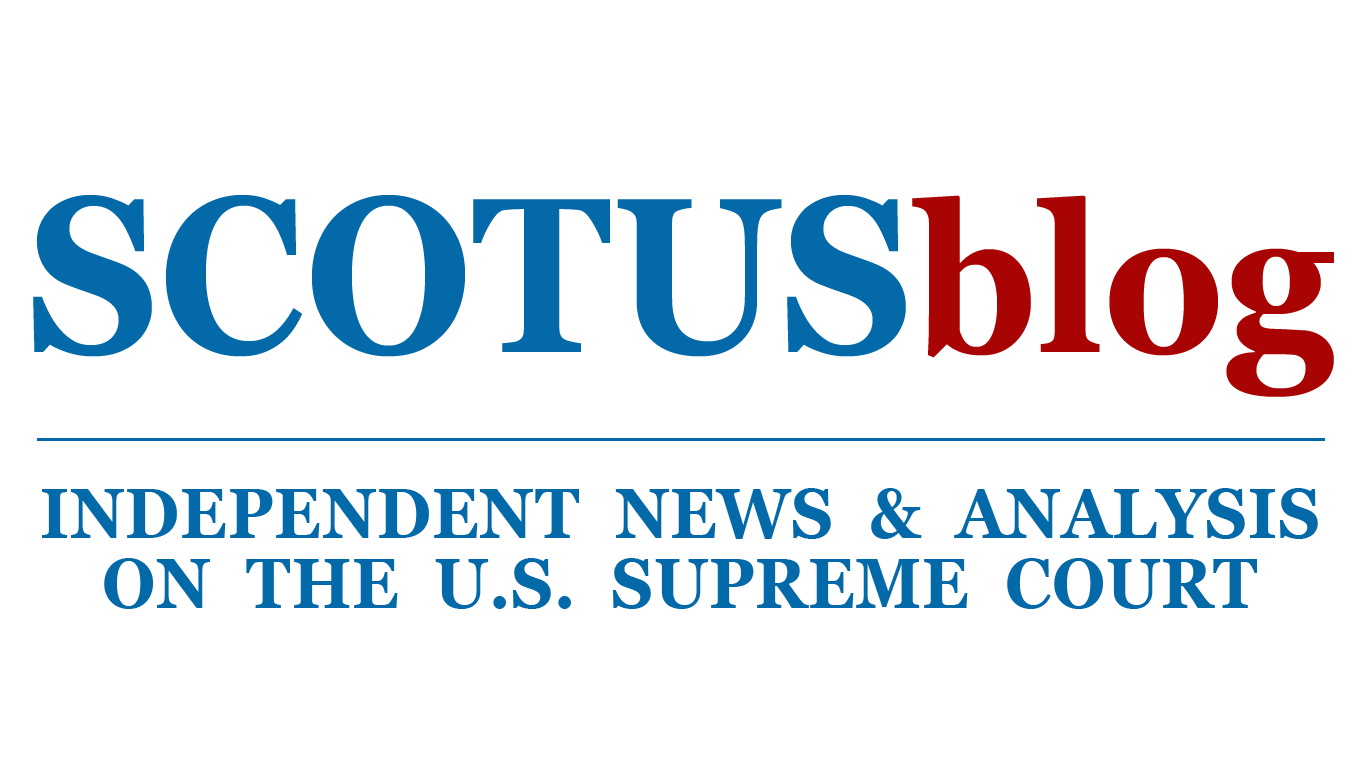Argument analysis: Employer all but concedes in dispute about ERISA monitoring

on Feb 26, 2015 at 10:05 am
It looks like the Justices are firmly committed to deciding Tibble v. Edison International, even though the parties now agree on the big issue on which the Justices granted review: whether the fiduciaries of an ERISA plan have a continuing duty of prudence that requires periodic monitoring of investments, or is the duty instead measured at the single point in time when the investment is made. And there’s little doubt that the Court will hold that there is such a duty, because Jonathan Hacker – representing Edison International, the employer – readily conceded its existence.
The morning was not particularly eventful during the arguments of David Frederick (for the employee Tibble) and Assistant to the Solicitor General Nicole Saharsky (for the federal government supporting Tibble). The major point on which debate focused was whether a periodic duty exists in general – such monitoring as a “prudent” trustee would do – or instead is predicated on some showing that circumstances have changed enough to justify reinvestigation of the assets in the portfolio. Despite some sharp questioning from Justice Antonin Scalia, Frederick held his ground, insisting that ERISA requires the trustees to do whatever periodic monitoring a “prudent” trustee would do, whether or not circumstances had changed in some cognizable way.
The tone changed quickly during Hacker’s time at the lectern. Edison seemingly had recognized it had the losing argument with respect to the Question Presented. So its strategy in its brief on the merits had been to admit that Tibble was right on the law, but to insist that the court of appeals (the Ninth Circuit as it happens) already applied that standard; if the Court accepted the argument, it would leave nothing for the Court to review. The judgment could be affirmed or the case could be dismissed.
It quickly became obvious, however, that several of the Justices objected to that strategy. Justices Samuel Alito and Elena Kagan, for example, suggested that Edison should have mentioned this before the Court granted review if it wanted to rely on it to ward off reversal. Similarly, Justice Stephen Breyer pointed to several passages in Tibble’s petition for review that – to Justice Breyer at least – seemed “pretty clear” in their statement of the position he now raises. But as for Edison’s brief in opposition to the petition, Breyer told Hacker:
I can’t find a place … where you say that [Tibble’s brief rests on] an incorrect assumption here … because this isn’t what the Ninth Circuit said? Now where do you say that? I couldn’t find it. And if you didn’t say it, it seems to me that you have waived, in a sense, the argument.
When Hacker tried to claim that he in fact had made the argument, Justice Breyer read a few more paragraphs from Edison’s brief and commented that it “sounds like the very characterization of the Ninth Circuit that [the employees are] saying was mistaken.”
At this point, Breyer pressed Hacker to all but concede that Edison should lose the case: “So it seems as if you are agreeing that the Ninth Circuit made a mistake. … You agree the Ninth Circuit made the wrong holding … and you agree what the right holding is.” When Hacker didn’t disagree, Justice Breyer then offered to recite an appropriate opinion from the bench: “What about this result. Two paragraphs. ‘The parties agree that there is this ongoing monitoring. The Ninth Circuit erred asking for changed circumstances.” Remand to apply.
Hacker responded that he agreed to everything in Justice Breyer’s recitation except for the need for a remand. On that point, he tried to insist that the record demonstrated that the employees simply had not made the case that the employer had failed to engage in proper monitoring. It seemed plain, however, that the Justices had no intention of applying the standard themselves – Justice Sotomayor noted in questioning David Frederick, for example, that “I, for one, am not ready to do that, because I’m not a trier of fact for what a reasonable investor would do.”
On the merits, trying to establish the case that the constant reassessment of investments would not be a good idea, Hacker shifted to a slightly different point, which Justice Elena Kagan plainly was not buying. Specifically, he argued that the trustees need to temper their reassessment of investments because employees “don’t like that disruption” and because frequent changes would confuse them. Returning to that point again and again, Justice Kagan responded strongly each time. At one point, she asked with incredulity:
[Employees] don’t like changes. They would rather have fees? The day when you get from your mutual funds a notice that says, by the way, you’re a preferred investor, we’re switching you, it’s the exact same fund under a different name, now you don’t pay fees – that’s a red-letter day for an investor.
The Chief Justice chimed in on the same theme: “How was there investor confusion? It seems to me one sentence saying, well, we have been paying .3 percent, this is .2 percent, that’s why we’re changing. They’re not going to run out in the halls screaming that there’s confusion about that.” I think it is safe to assume that the Court will rule for the employees and that the Justices’ explanation of the result will not be long delayed, lengthy, or sharply divided.


